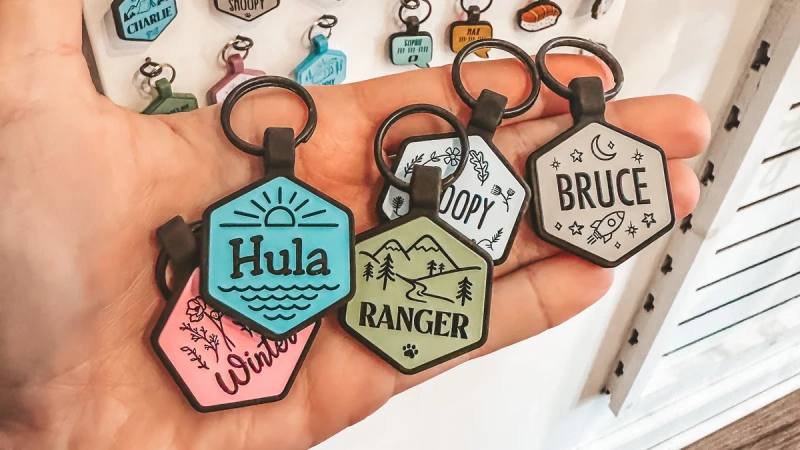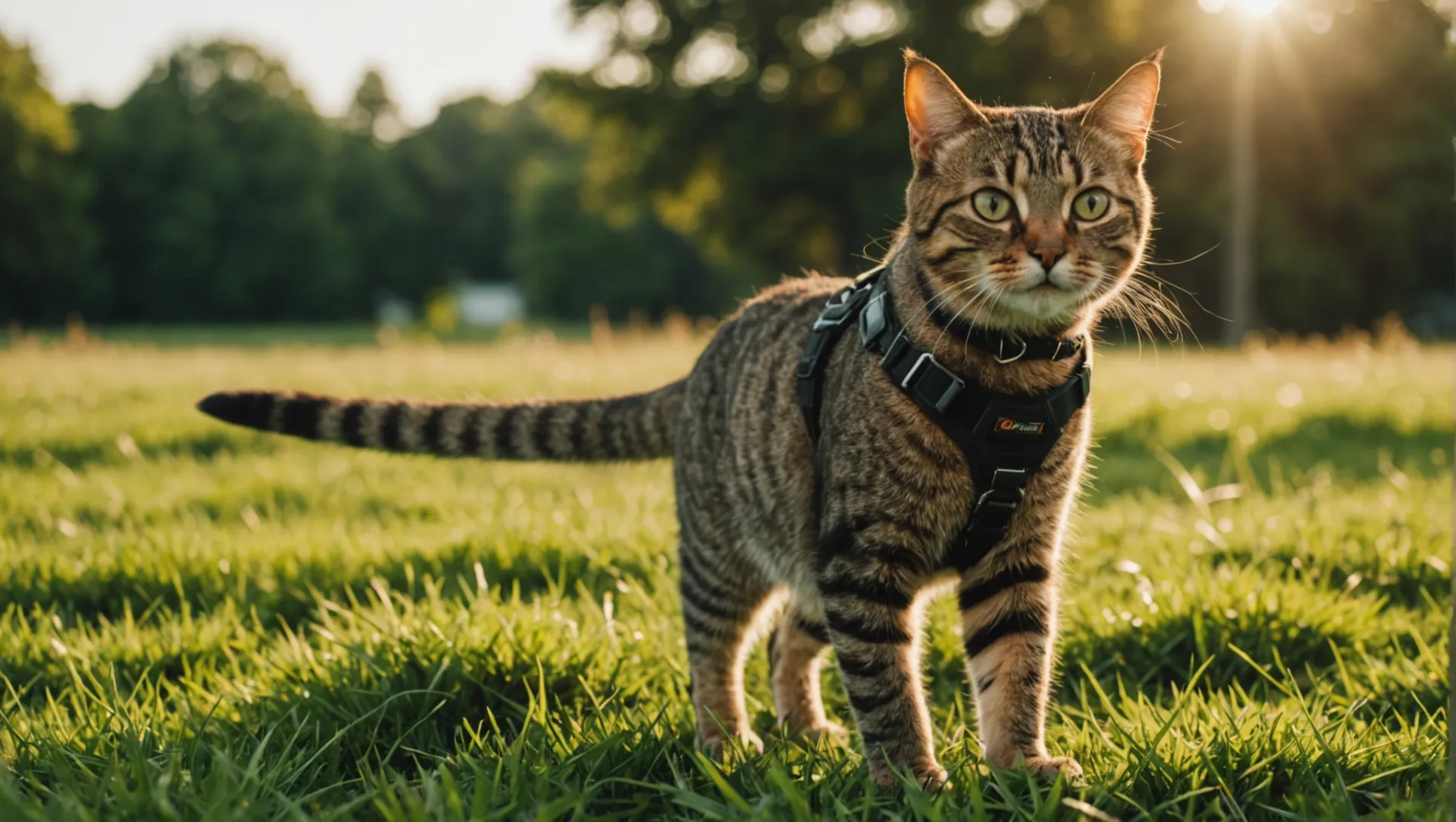
Thinking about using a dog harness for your cat? You’re not alone!
Using a dog harness on a cat is generally not recommended due to differences in body structure and behavior. Cats require specially designed harnesses to ensure safety and comfort, as dog harnesses may lead to escape risks and discomfort.
While it might be tempting to use a harness you already have, understanding the nuances between cat and dog harnesses is crucial. Read on to discover expert insights, common pitfalls, and practical tips for choosing the right harness for your cat.
Dog harnesses are suitable for cats.False
Dog harnesses don't fit cats' anatomy, risking escape and discomfort.
What Are the Key Differences Between Dog and Cat Harnesses?
Dog and cat harnesses may seem interchangeable, but they’re fundamentally different.
Dog harnesses differ from cat harnesses in design and purpose. Dog harnesses manage pulling and distribute pressure, while cat harnesses prioritize escape prevention and comfort due to cats’ unique physical and behavioral traits.
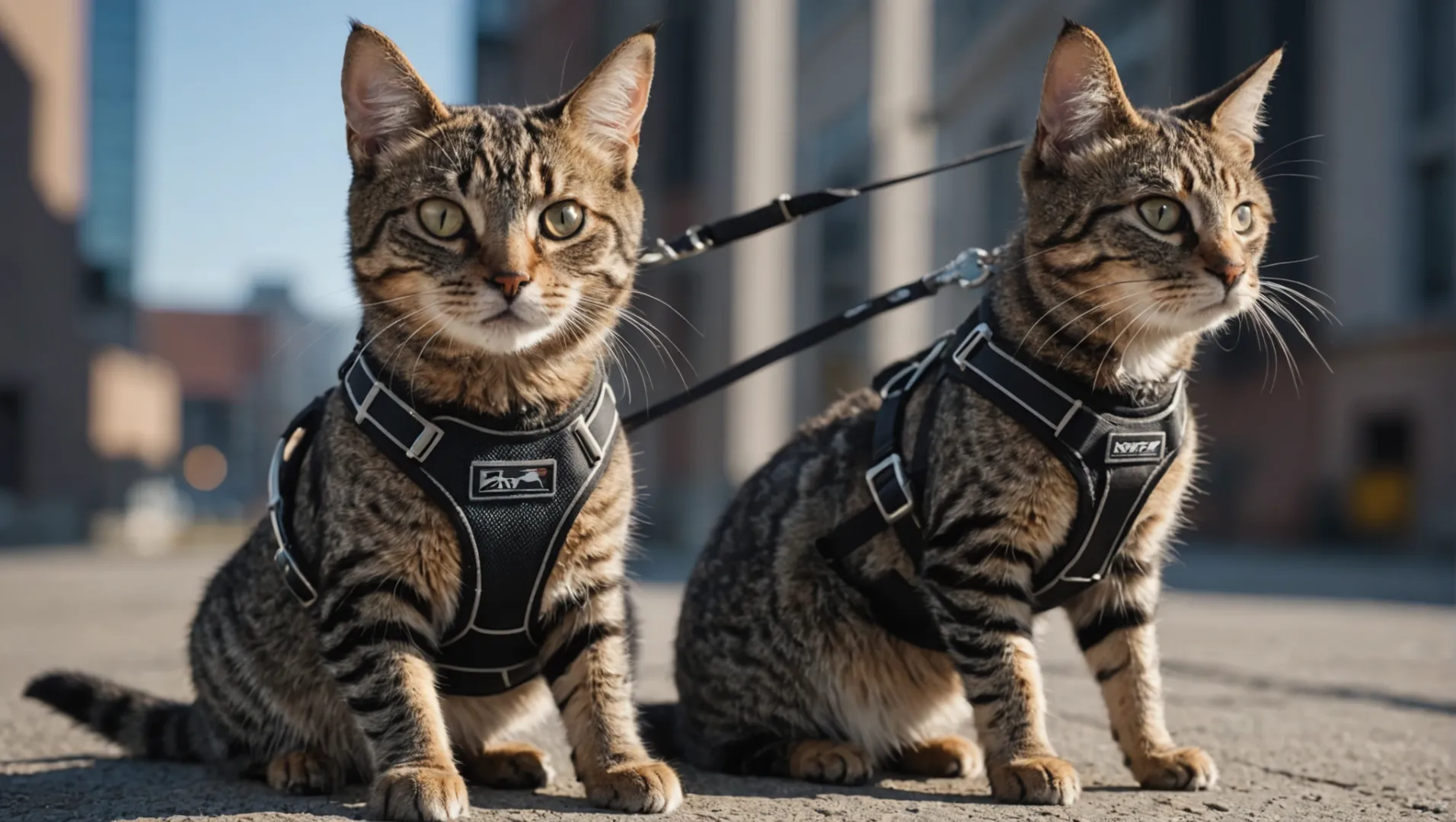
Design and Structure
Dog and cat harnesses are crafted with specific anatomical differences in mind. Dogs generally have a sturdier build, requiring harnesses that manage strength and control pulling behavior. These harnesses often have thicker straps and more robust buckles to distribute pressure across a dog’s chest and torso, reducing the risk of neck injuries.
In contrast, cat harnesses are designed to cater to a feline’s more delicate structure. A cat’s spine is highly flexible, allowing it to twist and turn in ways dogs cannot. Therefore, a cat harness is often lighter with a more snug fit to prevent slipping or escaping. The design usually includes wider straps that avoid the throat area, minimizing discomfort or stress.
| Feature | Dog Harness | Cat Harness |
|---|---|---|
| Material | Heavy-duty | Lightweight |
| Strap Width | Thick | Thin |
| Fastenings | Robust buckles | Secure but light buckles |
| Pressure Area | Chest and shoulders | Avoids throat, focuses on body |
Behavioral Considerations
Dogs are generally more accustomed to wearing harnesses due to their obedience training and natural behavior. Most dog harnesses come with features that aid in training, such as no-pull designs and front-clip options.
Cats, however, are not as easily trained to accept harnesses. They may panic if they feel too restrained, which can lead to escape attempts. Cat harnesses are therefore designed to be minimally invasive while ensuring security. Vest-style harnesses are particularly popular as they provide a gentle wrap around the torso, offering reassurance without restricting movement.
Safety Concerns
Using a dog harness on a cat1 can pose significant risks. A poorly fitted harness may allow a cat to slip out easily, leading to potential dangers if they escape outdoors. Additionally, improper pressure distribution can cause discomfort or even injury.
Choosing the right harness involves careful consideration of a cat’s size, personality, and activity level. Gradual acclimation is crucial—introducing the harness slowly can help your cat become comfortable over time. Ultimately, selecting a design specifically tailored to your feline friend ensures both safety and enjoyment during outdoor adventures.
Dog harnesses manage pulling behavior.True
Dog harnesses distribute pressure to manage pulling, preventing neck injuries.
Cat harnesses have thick straps.False
Cat harnesses have thin straps to ensure comfort and prevent escape.
How to Properly Fit a Harness on Your Cat?
Ensuring a snug and comfortable fit for your cat’s harness is crucial for safety.
To properly fit a harness on your cat, start by choosing a design specifically for cats, such as a vest-style harness. Adjust the straps to fit snugly without restricting movement or pressing against sensitive areas. Gradually introduce the harness to your cat to ensure comfort and prevent stress.
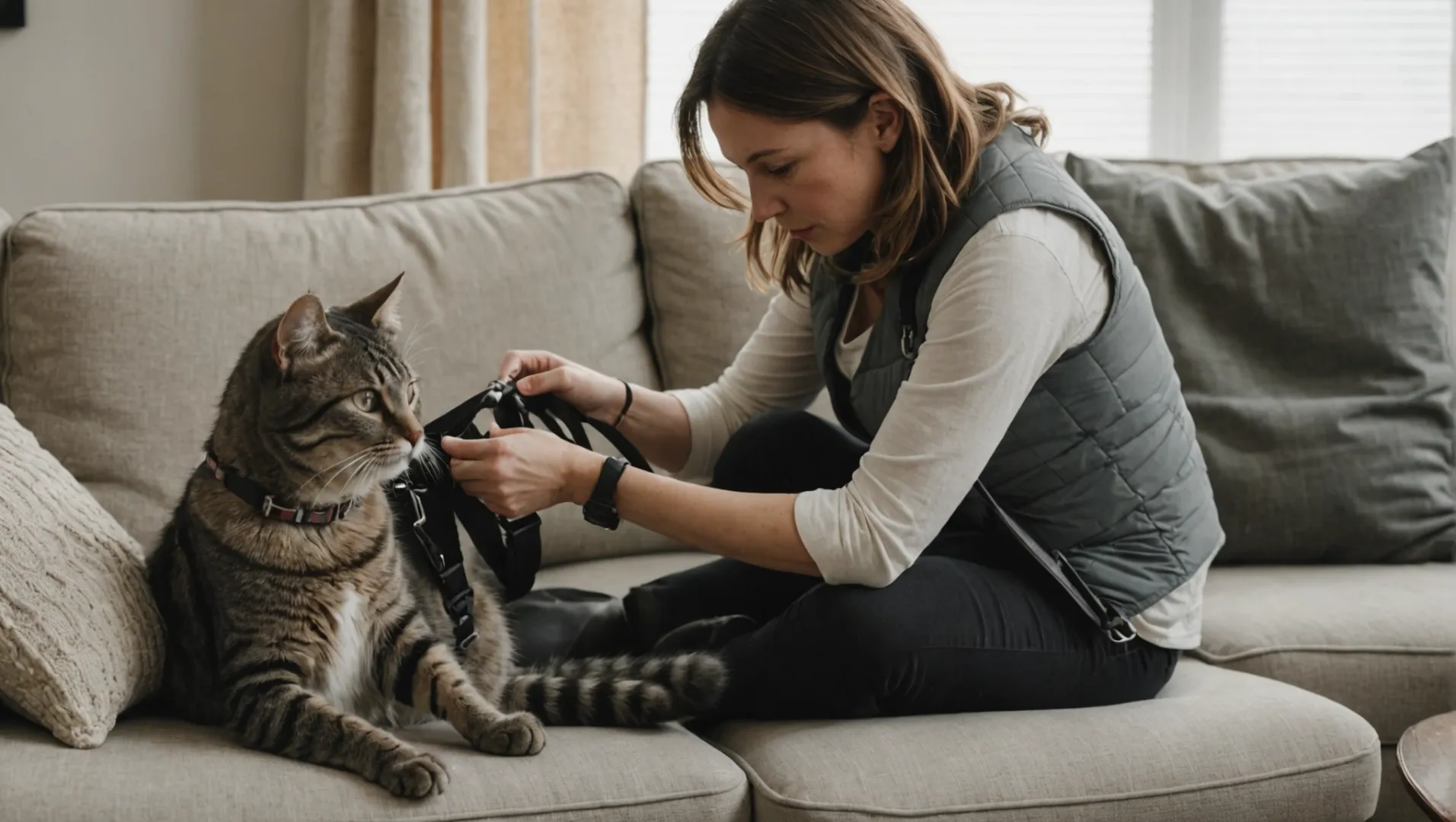
Understanding the Different Types of Cat Harnesses
When selecting a harness for your cat, it’s important to understand the various styles available. The most common types are vest-style, H-style, and figure-8 harnesses. Vest-style harnesses distribute pressure evenly across your cat’s body, making them ideal for cats that may react strongly to restriction. H-style harnesses provide a more traditional fit and are often adjustable, while figure-8 designs allow greater flexibility but may be less secure.
Steps to Properly Fit the Harness
-
Choosing the Right Size: Begin by measuring your cat’s chest and neck to select the appropriate harness size. Manufacturers often provide sizing charts to help you choose correctly. A well-fitting harness should allow you to slip one or two fingers between the harness and your cat’s body.
-
Adjusting the Harness: Place the harness on your cat and adjust the straps. Ensure that it fits snugly but not too tightly. The harness should not press into your cat’s skin or restrict their movement. Pay special attention to areas around the neck and chest.
-
Introducing the Harness: Introducing a harness2 to a cat can take time. Start by letting your cat sniff and explore the harness before attempting to put it on. Once your cat is comfortable, try putting the harness on for short periods, gradually increasing the time.
Signs of a Proper Fit
A properly fitted harness will not slip off or shift excessively when your cat moves. Your cat should be able to walk comfortably without showing signs of distress or discomfort.
Common Mistakes to Avoid
- Skipping Measurements: Avoid assuming a one-size-fits-all approach. Always measure your cat before purchasing a harness.
- Ignoring Adjustment Needs: Not adjusting the harness properly can lead to discomfort or potential escape.
- Rushing the Process: Introducing a harness too quickly can cause stress and lead to negative associations with wearing it.
By following these steps and paying close attention to your cat’s behavior and comfort, you can ensure a safe and pleasant experience when using a harness designed for felines.
Vest-style harnesses are best for cats.True
Vest-style harnesses evenly distribute pressure, ideal for cats.
One-size-fits-all harnesses work for all cats.False
Cats vary in size; always measure before buying a harness.
What Are the Risks of Using an Incorrect Harness for Cats?
Using the wrong harness for your cat could lead to serious safety issues.
An incorrect harness for cats can cause escape, discomfort, and stress, potentially leading to injury or trauma. Selecting a harness designed for feline anatomy is crucial to prevent these risks and ensure your cat’s well-being during outdoor activities.
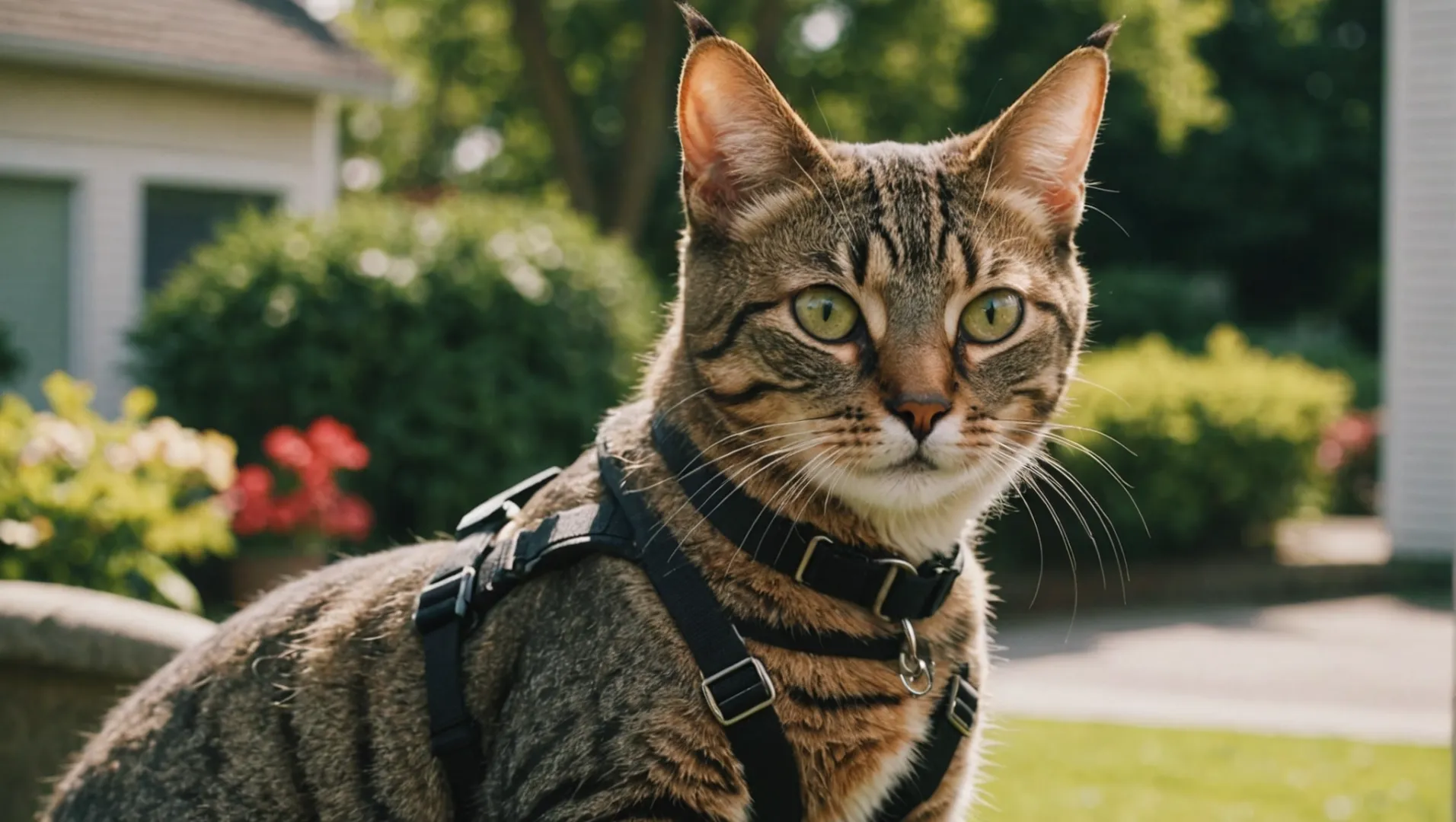
Understanding Cat Anatomy
Cats possess a unique anatomical structure that requires a specially designed harness. Unlike dogs, cats have flexible spines, narrow chests, and a propensity to wriggle out of tight spaces. These physical traits necessitate a harness that accommodates their agility while providing security. A harness designed for dogs may not account for these characteristics, increasing the likelihood of escape or injury.
Common Risks of Incorrect Harness Usage
Escape Risk
One of the most significant dangers of using an inappropriate harness is the risk of escape. Cats can slip out of harnesses that don’t fit securely or apply pressure in the wrong areas. This risk is heightened if the harness lacks adjustable straps or is made from rigid materials.
Discomfort and Stress
Harnesses not tailored for cats can cause discomfort by restricting movement or pressing on sensitive areas like the throat. Such discomfort may lead to stress responses, making the cat anxious or frightened during outings. Prolonged stress can impact a cat’s health, leading to behavioral issues or reduced appetite.
Potential Injury
A poorly fitting harness can result in physical injury. For example, a harness that is too tight might cause chafing or restrict breathing, while one that’s too loose may entangle the cat’s limbs. Additionally, an improperly secured harness could place uneven pressure on the spine or shoulders, risking musculoskeletal damage.
Choosing the Right Harness
Selecting a harness specifically designed for cats involves considering factors like fit, material, and style. Vest-style harnesses3 are often recommended as they distribute pressure evenly across the body and offer comfort. Adjustable straps and soft materials enhance security and reduce stress on sensitive areas.
Acclimating Your Cat to a Harness
Introducing your cat to a harness should be gradual to ensure comfort and acceptance. Start by allowing the cat to sniff and explore the harness in a safe environment. Gradually increase wear time indoors before venturing outside. Positive reinforcement with treats and praise can help create a positive association with the harness.
For more detailed guidance on selecting and acclimating your cat to a harness, explore further resources and expert insights.
Cats can easily escape poorly fitting harnesses.True
Cats' flexible bodies can slip out of harnesses that don't fit securely.
Dog harnesses are suitable for cats.False
Dog harnesses don't account for cats' unique anatomy, risking escape or injury.
Are Vest-Style Harnesses Better for Cats?
Curious about whether vest-style harnesses are the best choice for your cat?
Vest-style harnesses are often better for cats as they distribute weight evenly, providing comfort and security without restricting movement.
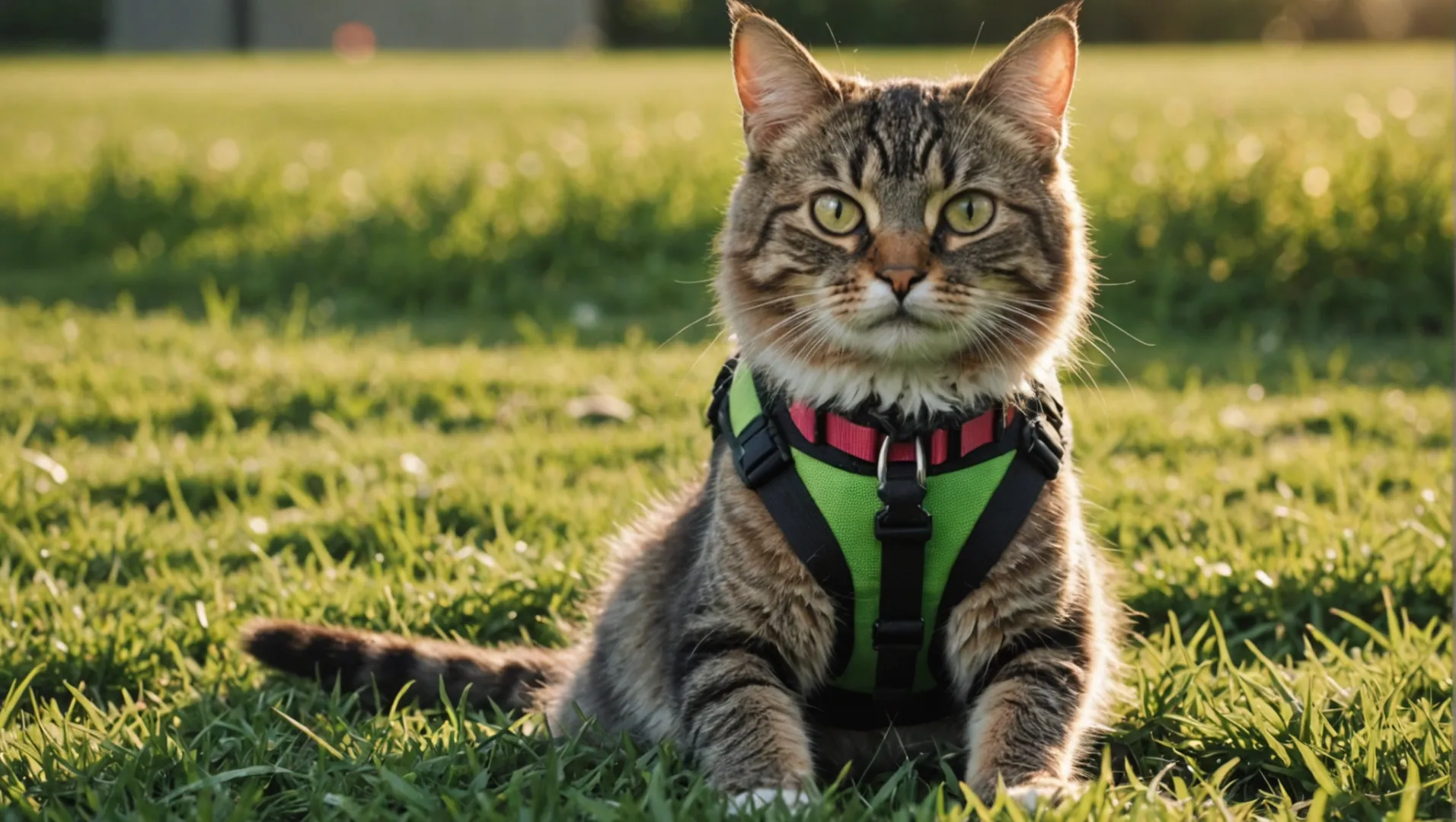
Understanding Vest-Style Harnesses for Cats
Vest-style harnesses are designed to wrap around a cat’s torso snugly, offering a secure fit that minimizes the risk of escape. Unlike traditional strap harnesses, vest-style harnesses cover more surface area, which helps in distributing the pressure exerted by the leash across the cat’s body. This design reduces the likelihood of injury, especially around sensitive areas like the neck and throat.
Advantages of Vest-Style Harnesses
- Enhanced Security: The broader coverage of vest-style harnesses ensures that even agile or nervous cats find it difficult to slip out. This feature is particularly beneficial during outdoor adventures or walks in unfamiliar environments.
- Comfort and Fit: These harnesses are typically made from soft, breathable materials that provide comfort for the cat. The snug fit helps in reducing stress, making it easier for cats to accept wearing a harness.
- Versatility: Many vest-style harnesses come with adjustable straps, allowing for a customized fit that can accommodate a range of sizes and weights.
Comparing Vest-Style with Other Harness Types
| Feature | Vest-Style Harness | Strap Harness |
|---|---|---|
| Security | High | Moderate |
| Comfort | Very Comfortable | Less Comfortable |
| Ease of Use | Moderate | Easy |
Practical Tips for Using Vest-Style Harnesses
- Acclimatization: Introduce the vest-style harness gradually. Let your cat wear it indoors first to get used to the feel and weight.
- Adjustments: Ensure all straps are adjusted correctly to prevent slipping while ensuring comfort.
- Observation: Monitor your cat closely for signs of distress or discomfort when wearing the harness initially.
Choosing the right vest-style harness4 can significantly enhance your cat’s outdoor experiences while ensuring their safety and comfort. For more guidance on selecting the best harness for your feline friend, explore our detailed guide.
Vest-style harnesses are more secure than strap harnesses.True
Vest-style harnesses cover more surface area, reducing escape risk.
Cats are less comfortable in vest-style harnesses.False
Vest-style harnesses use soft materials, enhancing comfort for cats.
Conclusion
Choosing the right cat harness is vital for safety and enjoyment. Prioritize a fit designed for cats and introduce it gradually to ensure comfort.
-
Learn why dog harnesses aren’t safe for cats.: I’d have to see to say, but most dog harnesses are not good for cats as cats can back out of them. You’ll have to let her get used to it … ↩
-
Learn effective techniques for acclimating your cat to a new harness.: 1. The most important step, always start with a kiss & a calm kitty! · 2. Help them get used to the idea of a cat harness without putting it on. · 3. Show the … ↩
-
Discover why vest-style harnesses are favored for cat safety and comfort.: Because the harness is responsible for keeping your cat safe and secure, this is arguably the most important piece of equipment on your adventure cat. ↩
-
Discover top-rated vest-style harnesses that provide optimal safety and comfort.: A vest harness is best. If you are shopping at a local pet store, choose a harness that covers much more of the cat’s body, such as a vest. ↩


